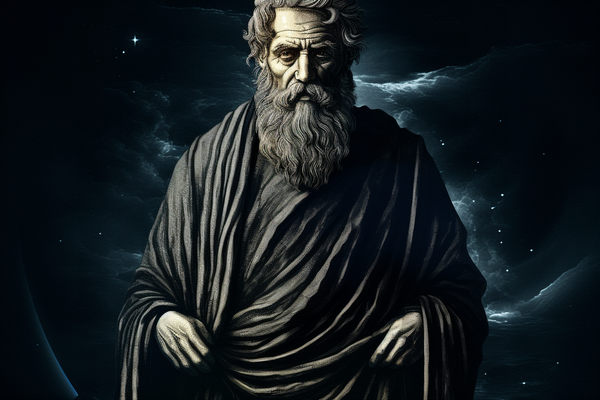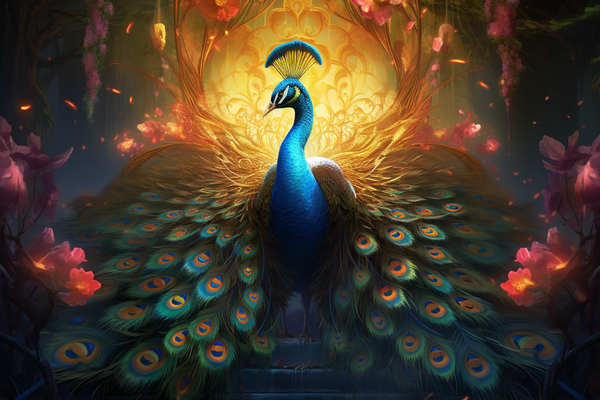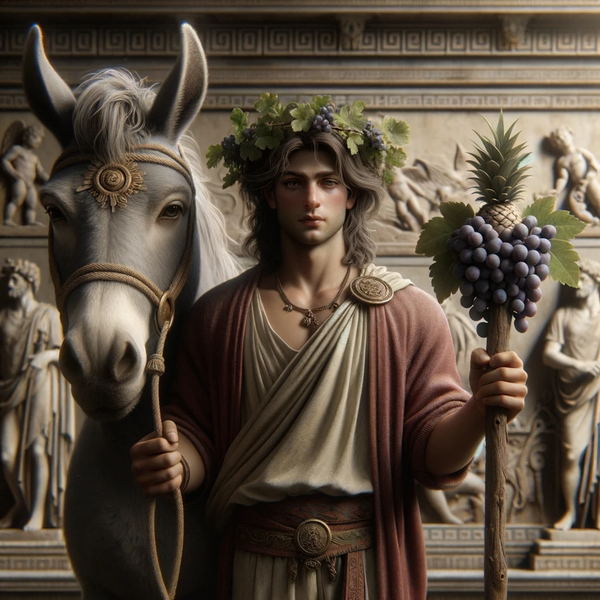Angitia: The Serpent Goddess of the Marsi

Among the myriad deities worshipped in ancient Italy, the name of Angitia stands out, particularly among the Marsi people. Known as a serpent goddess, a healer, and a sorceress, Angitia's worship showcases the richness and diversity of Italic mythology.
Angitia: The Serpent Goddess
Angitia, also known as Anguitia, was primarily revered as the goddess of snakes and serpents. As is the case in many ancient cultures, serpents in Marsic mythology held a dualistic representation of both danger and healing. Angitia, being associated with these creatures, was likewise seen as a deity of protection and healing, but also a force to be reckoned with.
Healing, Medicine, and Magic
The Marsi, a people living in the central Apennines, were renowned for their knowledge of snake charming and healing arts, which they believed were gifts bestowed upon them by Angitia. Legend has it that the Marsi were so skilled in these arts that they could even resurrect the dead. The serpent, a common symbol of rebirth and healing due to its shedding skin, became a fitting symbol for Angitia, who was also revered as a goddess of medicine and magic.
Angitia and the Marsi
Angitia was particularly significant to the Marsi people. They believed themselves to be descendants of Circe, the enchantress from Homer's Odyssey, and viewed Angitia as Circe's sister. Their connection to such powerful figures from mythology reinforced their reputation as skilled practitioners of magic and medicine. The Marsi also held a festival in honour of Angitia every year, a testament to her significance in their cultural and religious life.
The Sacred Grove of Angitia
In the Marsic region, near Lake Fucino, there was a sacred grove dedicated to Angitia. Here, a serpent was depicted on a column to symbolize the goddess, and various rites were performed in her honour. The grove was a centre of worship for the Marsi and also served as a place where healing rituals were conducted.





